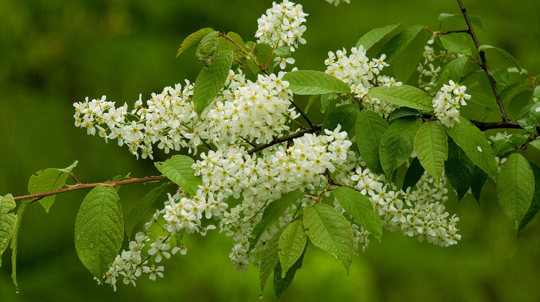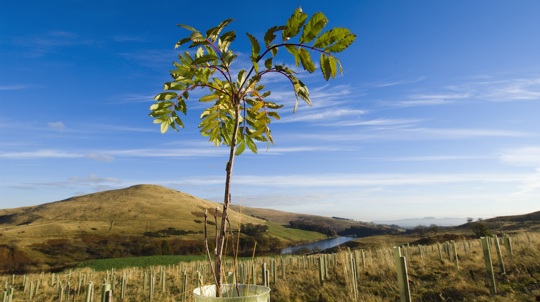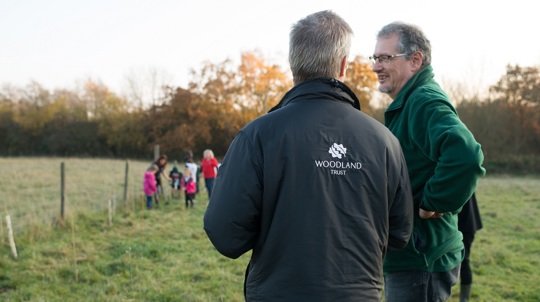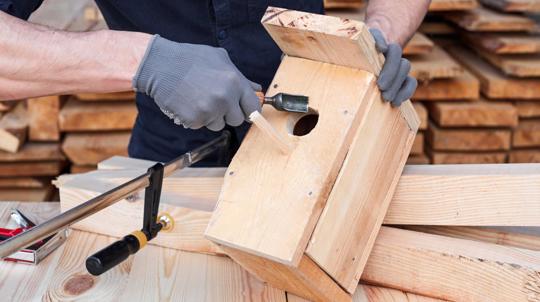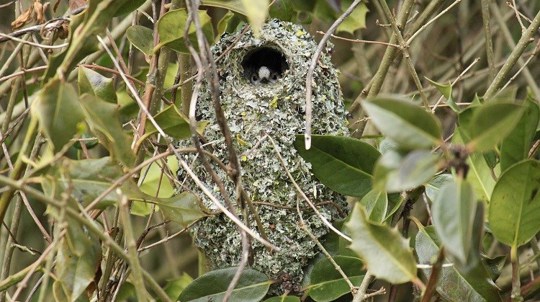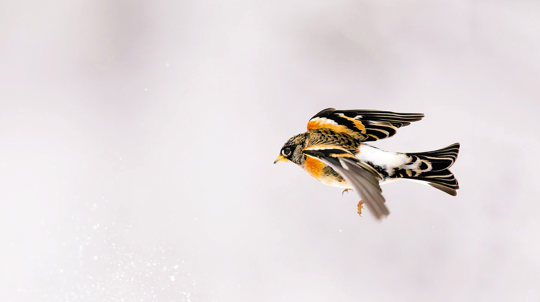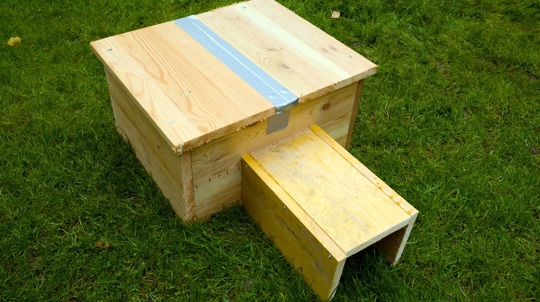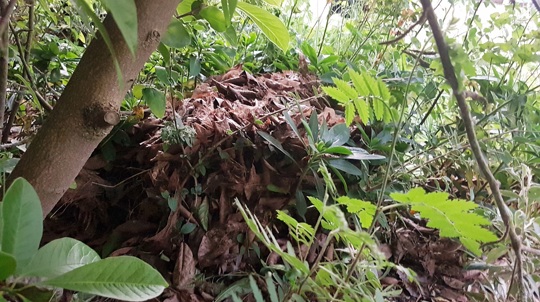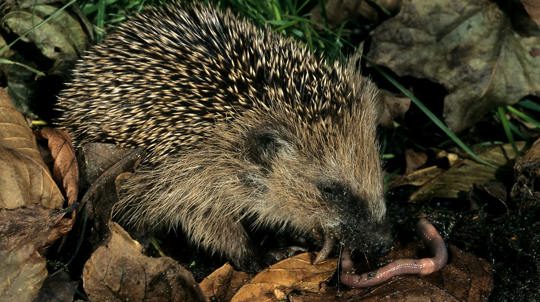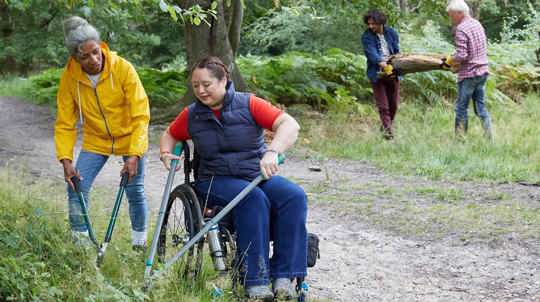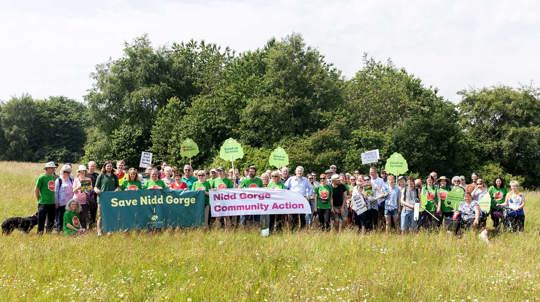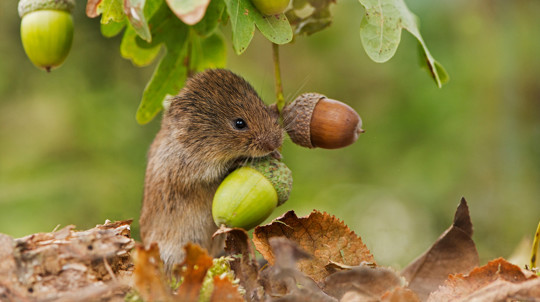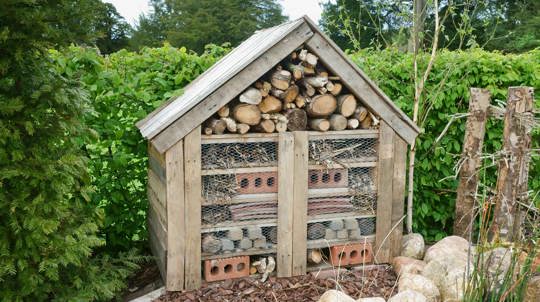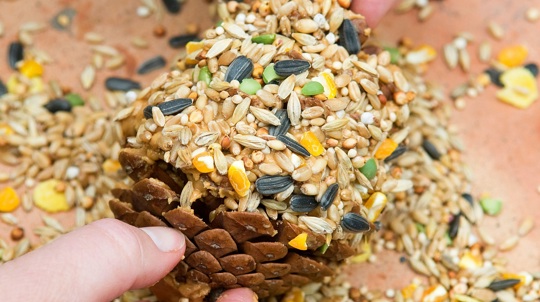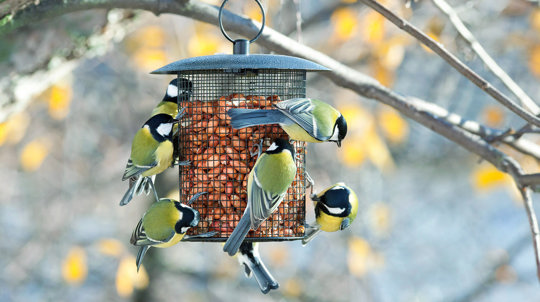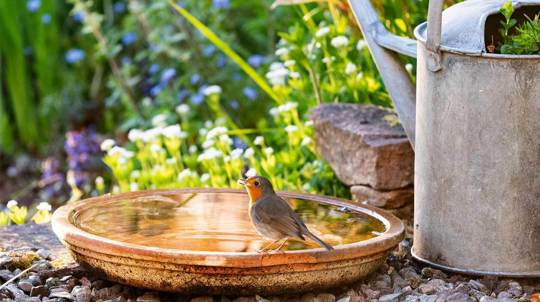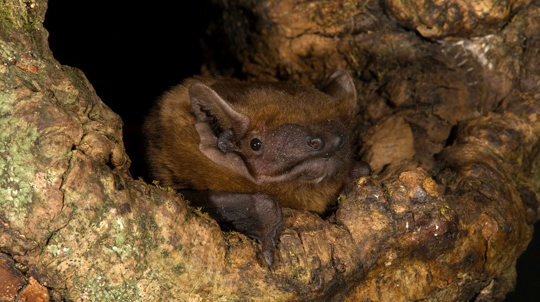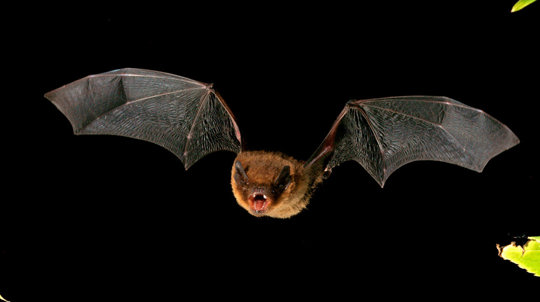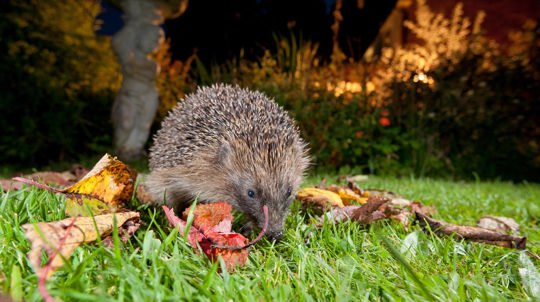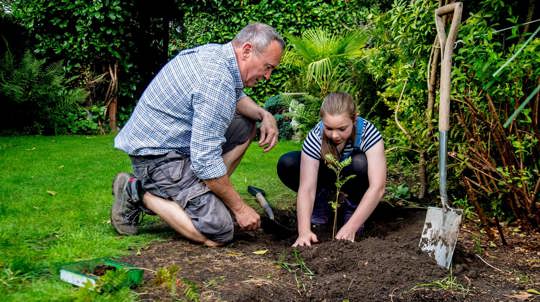Hedgehogs aren’t designed to eat lots of fruit and dumped pumpkin can give them stomach upsets, leading to dehydration which can be fatal. Even if the hog survives, at this time of year any illness threatens their chance of surviving winter hibernation.
10 ways to help wildlife in autumn

Content manager
As the autumn nights draw in and temperatures start to drop, habits change for a lot of our wildlife. Many species depend on extra food and shelter as they prepare for the cold and scarce winter months. The good news is, we can all take small actions to help. From your balcony or workplace to the local woods and beyond, here are our ten top tips.
1. Plant trees
Add colour and life to your outdoor space with native trees and shrubs. Autumn is the perfect time to plant as trees are dormant and less likely to suffer damage. Native species like holly, hawthorn and rowan are all suited to small spaces and provide vital food and shelter for birds, insects and small mammals through the colder months. Choose carefully and you can enjoy other benefits too - admire fantastic displays of spring blossom or fiery autumn leaves, capture carbon, create a shady spot and much more.
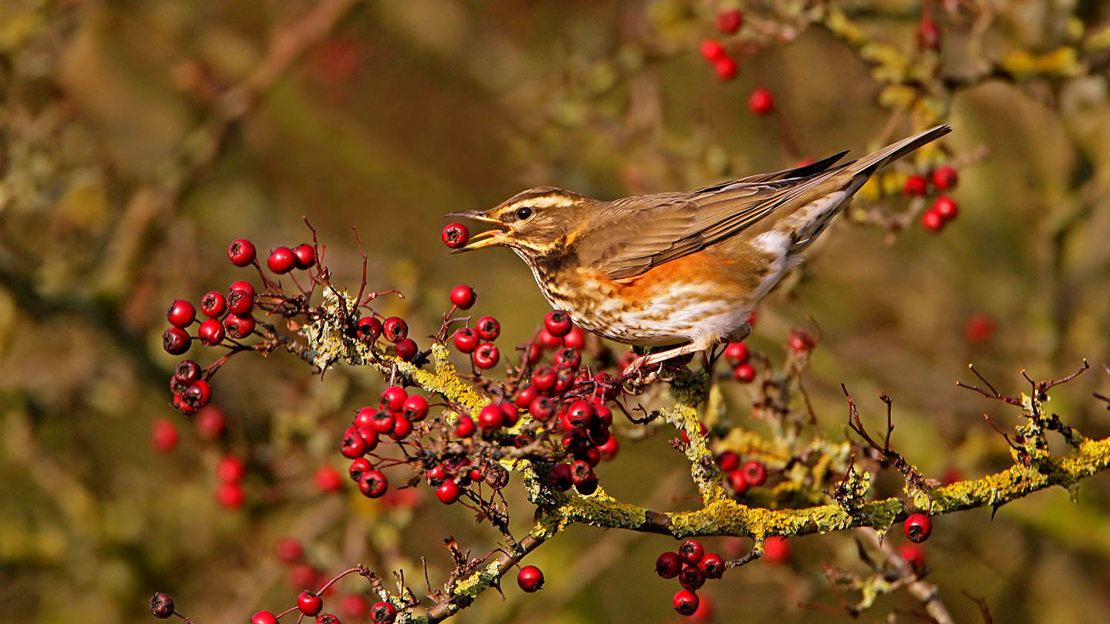
2. Put your Halloween pumpkin to good use
Feeding woodland wildlife with leftover Halloween pumpkins might seem helpful and eco-friendly, but it does more harm than good. Pumpkins take a long time to break down and as they rot, they damage delicate woodland ecosystems, attract rats and can be fatal to animals like hedgehogs. Please don't leave pumpkins in our woods. Search online for other great ways to use them instead, from creative recipes to autumnal bird feeders and planters. Or just pop it on your compost heap.
Make a pumpkin bird feeder
- Take the lid off your jack-o'-lantern, or if you have a fresh pumpkin, cut the top off and scoop out the insides.
- Push strong sticks through so that they jut out to create perches for the birds.
- Fill with bird seed and place on a bird table, or tie strings to the sticks and hang from a sturdy branch.
- Keep it clean and add it to the compost heap when it starts to rot to avoid harming the birds.

3. Offer clean nest boxes for birds
Nesting season may be over but birds can benefit from nest boxes all year round. Autumn is the ideal time to put up a new one or clean out any you already have – chicks have safely fledged and boxes will instead offer valuable shelter for our feathered friends as temperatures drop. Birds will also be checking out potential breeding sites for next spring - if you're lucky, they might decide to adopt your box to rear their next brood.
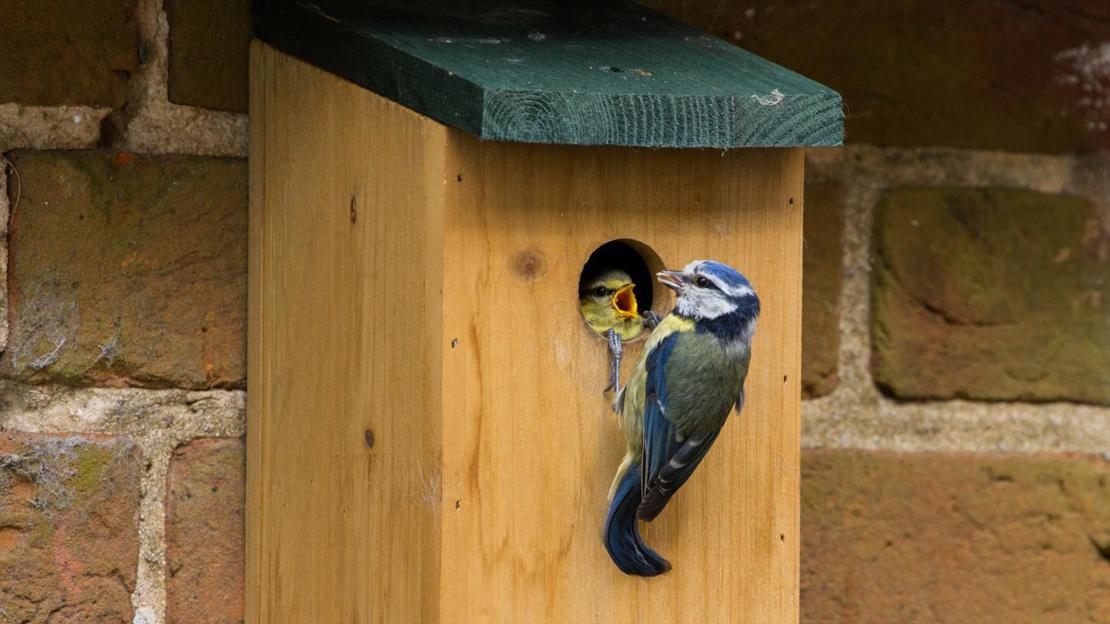
Create a haven for wildlife
Give garden wildlife food and shelter with our ready-made habitats and feeders.
Shop the range4. Help hedgehogs prepare for hibernation
Autumn is a crucial time for hedgehogs as they need to build up fat reserves to see them safely through their winter hibernation. Leaving out a small amount of food can help them do that when other sources may be growing scarce. You can also help by leaving a small pile of leaves and twigs in a quiet corner for them to use as a winter sanctuary - a ‘hibernaculum’ - or even build or buy a hedgehog house.
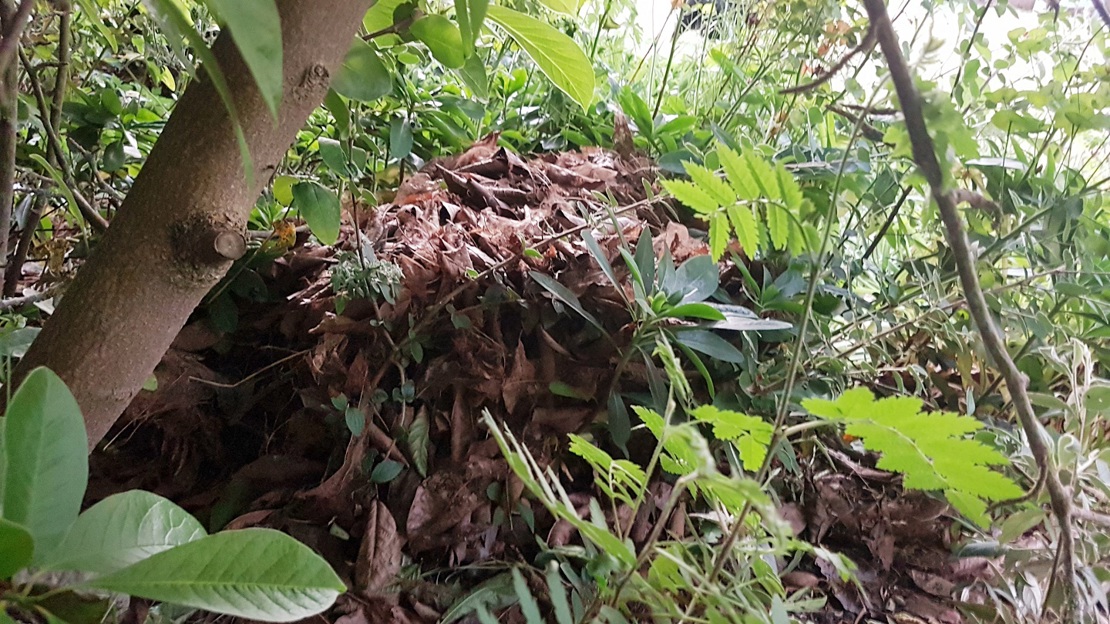
5. Be selective with secateurs
Autumn gardening often involves cutting everything back and having a good tidy up as plants die back and lose their flowers and leaves. But a few seedheads, hollow stems and low-lying foliage can provide important habitat with extra food and shelter for lots of animals in autumn. It doesn’t have to be untidy or on a grand scale – you could cut back some species but not others, leave a small area untouched or put small bundles of natural materials at the back of borders or behind a shed. Keep an eye out in the coming months to see how many species are appreciating your efforts.

6. Stand up for woods and trees with us
Want to help wildlife beyond your local patch? You can make even more of a difference by supporting our work planting and protecting trees and woods across the UK to help wildlife flourish. You can get involved in lots of ways, including volunteering, adding your voice to our online campaigns, donating or becoming a member from just £4 a month.

7. Build a bug hotel
As the weather turns cooler, give minibeasts like bees, ladybirds and spiders a safe and cosy space to shelter with a bug hotel. Autumn is a great time to find lots of natural materials for your construction too, including pine cones, dried twigs and fallen leaves. They don’t have to take up much room - try your hand at one of our ideas, from a log pile lodge to a pinecone palace.
Help birds avoid spreading any disease to each other by keeping feeders and baths clean – remove any wet or mouldy food and scrub often with hot soapy water.
8. Keep bird baths and feeders topped up
As temperatures plummet, birds use a lot of energy to keep warm and food becomes difficult to find. Putting out nuts, seeds and other energy-rich food can be a welcome extra meal in leaner times. Bird baths can be a lifeline too when other water sources may have frozen over - help keep yours ice-free by floating a small ball on the surface to disturb the formation of ice sheets.
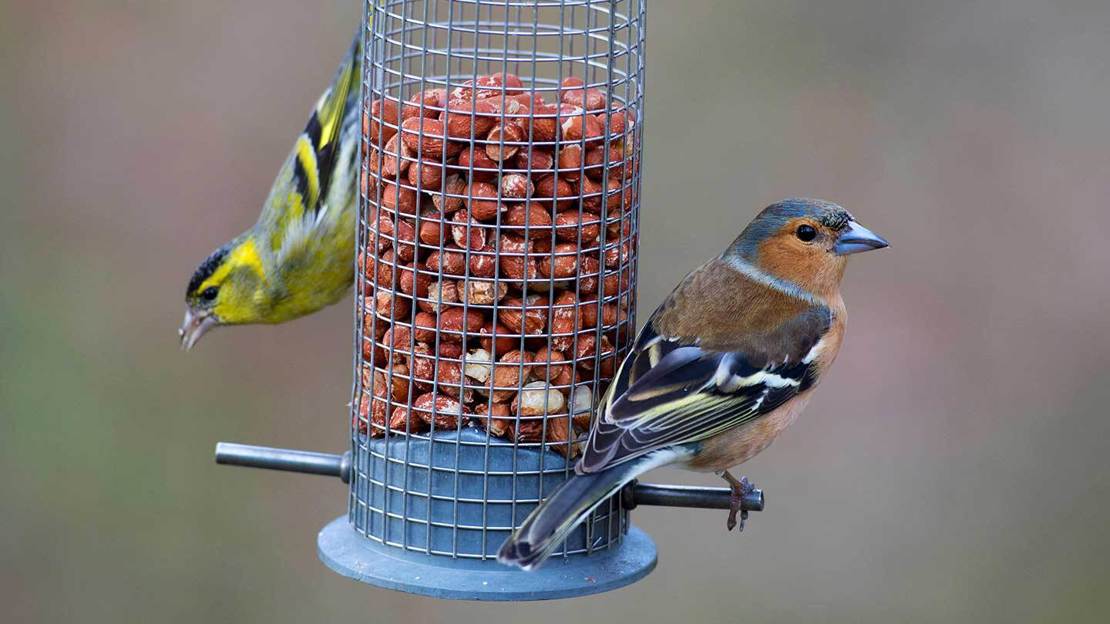
9. Let ivy thrive until the new year
Ivy’s nectar, pollen and berries are an essential food source for insects and birds in the autumn garden, so leave any pruning until after the last fruits if you can. Flowering from September to November, ivy is one of the last garden nectar sources for late-flying insects. Birds feast on its fruit from November to January too – the high fat content is nutritious for birds like thrushes, blackcaps and blackbirds. The plant also offers shelter for insects, birds, bats and other small mammals.

Remember, once a bat box is up it’s illegal to open it without a licence, as is disturbing bats that have snuck into your loft or roof.
10. Install a bat box
Did you know you can put bat boxes up wherever you live? They’re great for any garden, balcony or roof. While most British bats roost in trees, a box could be a welcome hibernation spot - and autumn is when they’re scoping out a place to spend the winter. You can buy a box or build your own. Make sure it's dampproof, draughtproof and at least 4m high in a sheltered spot that receives sun during the day. You could use several boxes facing different directions to provide a range of roosting options.
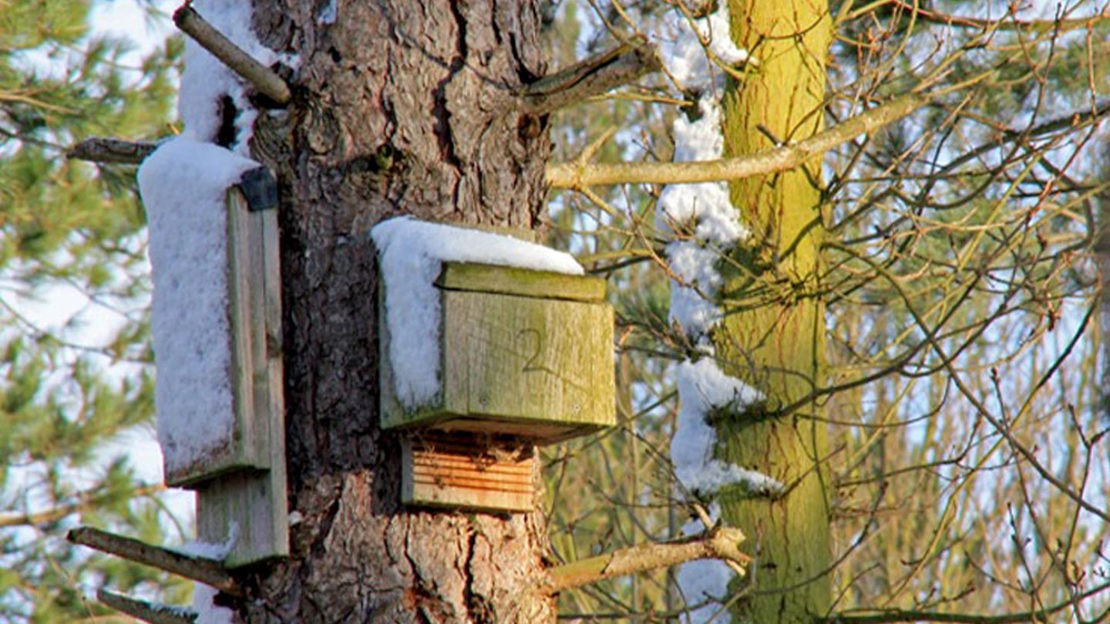
Create a haven for wildlife
Give garden wildlife food and shelter with our ready-made habitats and feeders.
Shop the range

